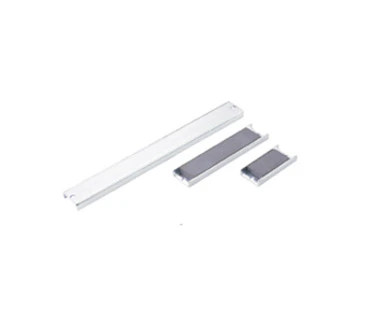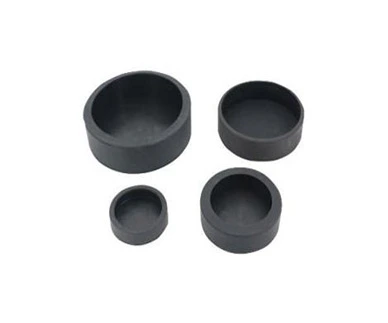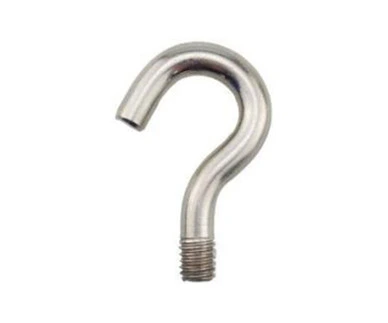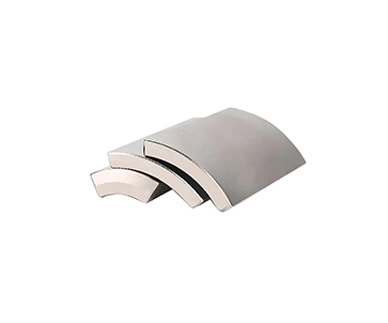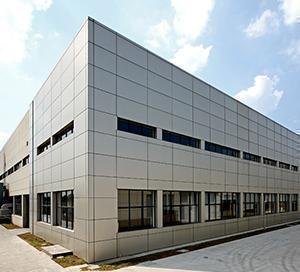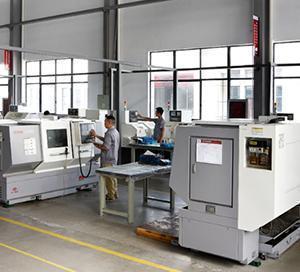Magnets have shaped technological advancements for centuries, from ancient navigation tools to modern industrial applications. At Souwest Magnetech, we specialize in delivering high-quality magnetic solutions, including custom magnets, permanent magnets, electromagnets, and magnetic assemblies, tailored to meet diverse industry needs. This guide explores the fundamentals of magnetism, the properties of magnetic and non-magnetic metals, and the innovative applications of our products, positioning Souwest Magnetech as a trusted leader in the magnet industry.
What is Magnetism?
Magnetism is a physical force that attracts or repels certain materials through invisible magnetic fields. These fields, generated by the movement of electrons, interact with specific metals, enabling a wide range of applications in industries like automotive, electronics, and recycling. At Souwest Magnetech, our magnetic products leverage this force to provide efficient solutions for material handling, separation, and more. Materials can either possess natural magnetism or be magnetized to meet specific requirements, making them versatile for both industrial and everyday use.
What Creates Magnetism in Metals?
Magnetism in metals arises from the alignment of electron spins, which create magnetic moments. When electrons in a material are unpaired and spin in the same direction, they produce a strong magnetic field. This property is most prominent in ferromagnetic metals like iron, nickel, and cobalt, which are the core components of many permanent magnets produced by Souwest Magnetech.
Electric currents also generate magnetic fields. For instance, when current flows through a wire, it creates a circular magnetic field around it. This principle underpins the functionality of electromagnets, which we design at Souwest Magnetech for applications like magnetic separators and lifting magnets. By combining ferromagnetic materials with precise engineering, our products maximize magnetic performance for industries such as mining, food processing, and manufacturing.
Types of Magnets
Magnets are categorized based on how long their magnetic properties persist. At Souwest Magnetech, we offer three main types: permanent magnets, temporary magnets, and electromagnets, each suited for specific applications.
Permanent Magnets
Permanent magnets maintain their magnetic field without external influence, making them ideal for continuous-use applications. Our NdFeB magnets (neodymium iron boron), SmCo magnets (samarium cobalt), AlNiCo magnets, and Ferrite magnets are crafted to deliver exceptional strength and durability. For example, our NdFeB magnets, known for their superior magnetic strength, are widely used in motors, sensors, and magnetic assemblies for industries like aerospace and electronics. AlNiCo magnets, composed of aluminum, nickel, and cobalt, excel in high-temperature environments, such as electric guitar pickups and industrial motors.
Souwest Magnetech ensures that our permanent magnets are manufactured using advanced processes like powder metallurgy and sintering, aligning magnetic domains for optimal performance. Unlike competitors, we offer custom magnetic solutions tailored to specific shapes, sizes, and strengths to meet client needs, ensuring high efficiency and precision.
Temporary Magnets
Temporary magnets exhibit magnetism only when exposed to a magnetic field, losing their properties once the field is removed. Materials like soft iron or steel, with low coercivity, are ideal for applications requiring flexible magnetic control. For instance, Souwest Magnetech integrates temporary magnets into magnetic separators used in recycling, where they temporarily magnetize materials for sorting and release them when the field is deactivated. This versatility makes them essential for industries like plastics and food processing, where our magnetic drawer filters efficiently remove ferrous impurities from raw materials.
Electromagnets
Electromagnets generate magnetic fields when an electric current passes through a coil wrapped around a ferromagnetic core, typically iron. Their ability to switch magnetism on and off makes them highly versatile. At Souwest Magnetech, our electromagnetic separators and lifting magnets are designed for heavy-duty applications, such as separating tramp metals in mining or lifting large metal objects in scrap yards. The strength of our electromagnets can be adjusted by varying the current, offering precise control for industries like automotive manufacturing and chemical processing.
What Are Magnets Made Of?
Magnets are primarily made from ferromagnetic metals such as iron, nickel, and cobalt, which can be uniformly magnetized due to their unique atomic structure. At Souwest Magnetech, we use these metals to produce NdFeB magnets, SmCo magnets, AlNiCo magnets, and Ferrite magnets, each tailored for specific applications. For example, our NdFeB magnets combine neodymium, iron, and boron to create the strongest permanent magnets available, ideal for compact, high-performance devices like hard disk drives and cordless tools.
The alignment of magnetic domains within these materials is critical. When a strong magnetic field is applied, the domains align to produce a powerful, uniform magnetic field. Our advanced manufacturing processes ensure precise domain alignment, enhancing the performance of our magnetic products for industries like pharmaceuticals, ceramics, and recycling.
Magnetic Strength and Factors Affecting It
The strength of a magnet depends on several factors:
Material Composition: Rare earth magnets like NdFeB and SmCo from Souwest Magnetech offer superior strength compared to traditional materials like ferrite.
Shape and Size: Larger, compact magnets have higher magnetic flux density. We customize magnet shapes to optimize performance for specific applications.
Magnetization Process: Our precise magnetization techniques ensure maximum domain alignment, enhancing magnet strength.
Temperature: High temperatures can reduce magnetic strength. Our SmCo magnets are designed to perform at temperatures up to 260°C, ideal for high-heat environments.
External Magnetic Fields: Interference from external fields can weaken magnets. We offer magnetic shielding solutions to protect performance.
To maintain magnet strength, Souwest Magnetech recommends storing magnets away from heat, radiation, and other magnets, using protective coatings to prevent corrosion, and handling them carefully to avoid physical damage.
Magnetic and Non-Magnetic Metals
Metals interact with magnetic fields in three ways: ferromagnetic, paramagnetic, and diamagnetic. Only ferromagnetic metals are strongly magnetic, while paramagnetic metals are weakly attracted, and diamagnetic metals are slightly repelled.
Magnetic Metals
Iron: The strongest ferromagnetic metal, iron is a key component in our Ferrite magnets and magnetic assemblies. Its crystalline structure determines its magnetic properties, with body-centered cubic (bcc) iron being ferromagnetic.
Nickel: Used in our AlNiCo magnets, nickel is essential for applications like batteries and stainless steel production.
Cobalt: Found in our SmCo magnets, cobalt offers high saturation points and Curie temperatures, making it suitable for high-temperature applications like wind turbines.
Steel: Certain steel grades, like EN C15D, are ferromagnetic due to their iron content. We use steel in magnetic separators for recycling and mining.
Rare Earth Metals: Neodymium and samarium are used in our high-performance NdFeB and SmCo magnets, ideal for aerospace and medical applications.
Non-Magnetic Metals
Aluminum: A paramagnetic metal, aluminum is non-magnetic but interacts with changing magnetic fields, making it suitable for eddy current applications in power generation.
Gold and Silver: These diamagnetic metals are non-magnetic and widely used in jewelry and electronics due to their corrosion resistance.
Copper: While non-magnetic, copper’s interaction with magnetic fields is leveraged in metal detectors and electrical applications.
Safety Considerations for Handling Strong Magnets
Handling strong magnets requires caution due to their powerful fields. Potential hazards include:
Pinching and Crushing: Souwest Magnetech’s NdFeB magnets can attract ferromagnetic objects with significant force, risking injury.
Impact Injuries: Collisions can cause magnets to chip or shatter, posing risks of flying fragments.
Swallowing Hazards: Small magnets pose a risk if ingested, especially by children or pets.
Electronic Interference: Strong magnets can damage pacemakers, credit cards, and electronics.
To mitigate these risks, Souwest Magnetech recommends:
Wearing protective gear like gloves and safety glasses.
Handling magnets carefully to avoid collisions.
Storing magnets securely away from children, pets, and sensitive devices.
Educating users on proper handling and storage protocols.
 English
English 日本語
日本語 한국어
한국어 français
français Deutsch
Deutsch Español
Español italiano
italiano русский
русский português
português العربية
العربية
